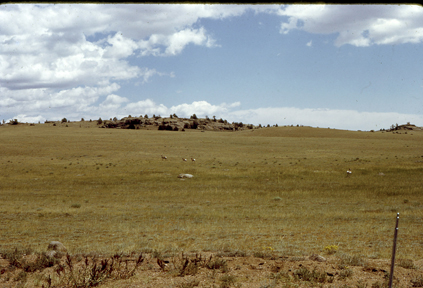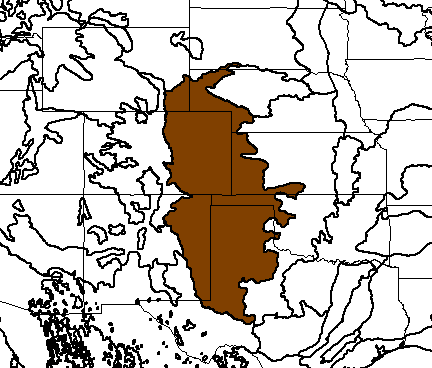
Pronghorn, Veedavoo, n. of Ft. Collins, Colorado (c) 2004 Maurice J. Kaufmann
Bioimages home (click on an image to enlarge)
view
this page in its intended navigation context
Western Short Grasslands
(WWF
ecoregion
NA0815)

Pronghorn, Veedavoo, n. of Ft. Collins,
Colorado (c) 2004
Maurice J. Kaufmann

Source of bioregions data:
Olson, D. M. and
E. Dinerstein. The Global 200: Priority ecoregions for global conservation. (PDF
file) Annals of the Missouri Botanical Garden 89:125-126.
Distinctiveness (1=highest,4=lowest): 2
(regionally outstanding)
Among the richest in North America for butterflies, birds, and mammals.*
 Buchloe
dactyloides (buffalo grass) (c) 2004
Maurice J. Kaufmann
Buchloe
dactyloides (buffalo grass) (c) 2004
Maurice J. KaufmannAssociated habitats

Twin Buttes area, east of Ft. Collins, Colorado (c)
2004 Maurice J. Kaufmann
hires

High plains bluffs, Texas panhandle
(c) 2005 Carol J. Baskauf
hires
* Ricketts, T.H., E. Dinerstein, D.M. Olson, C.J. Loucks, et al. (1999) Terrestrial Ecoregions of North America: A Conservation Assessment. World Wildlife Fund - United States and Canada. Island Press, Washington, D.C. pp. 297-299.
Except as noted, images copyright 2002-2004 Steve Baskauf - Terms of use